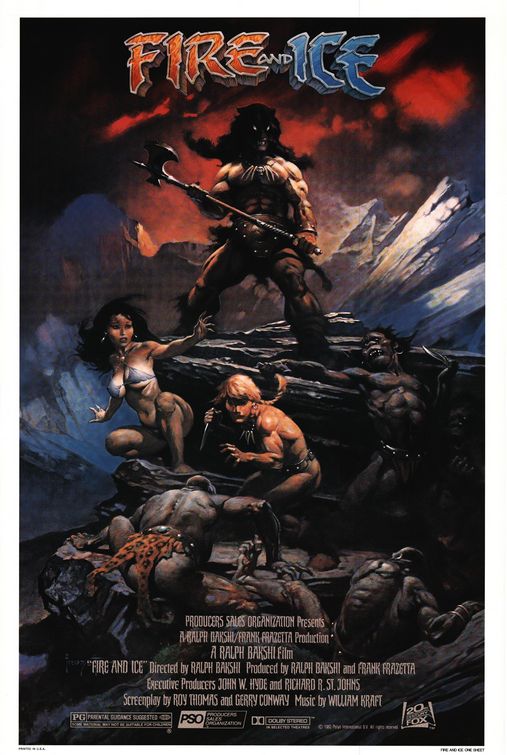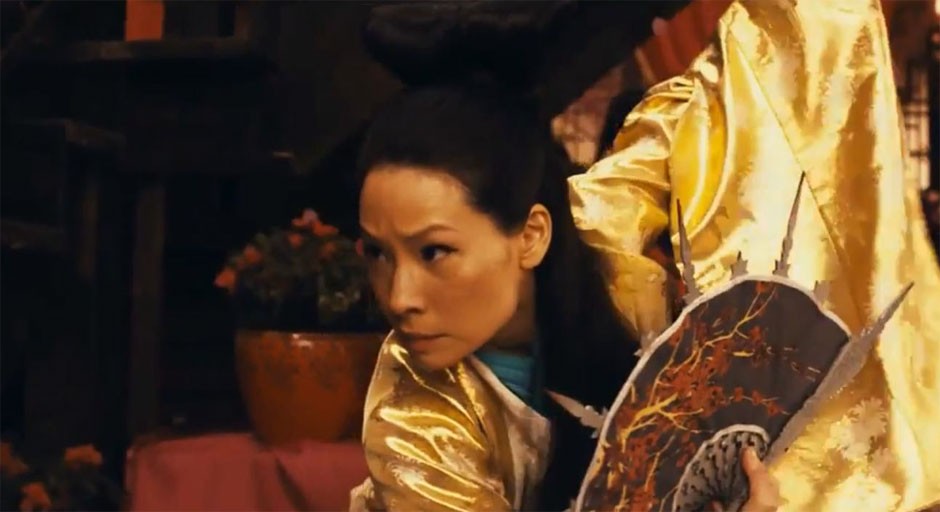 ****Warning - If you Haven't played Bioshock, this post may contain spoilers which will severely inhibit your enjoyment of the game. Turn back if this sort of thing concerns you - YOU HAVE BEEN WARNED****
****Warning - If you Haven't played Bioshock, this post may contain spoilers which will severely inhibit your enjoyment of the game. Turn back if this sort of thing concerns you - YOU HAVE BEEN WARNED****I'm a huge fan of Bioshock. I think it might be my favorite video game, no scratch that, I think it might be my favorite game period. In general, I don't play first person shooters. I find them dull and repetitive, and the idea of lining your sights up on a two pixel tall figure to try and kill it before it kills you just doesn't appeal to me. I heard good things about Bioshock, though. A horrific first person shooter with philosophical overtones? Well sign me up!
It did not disappoint.
It was horrific, it played with the ideas of Ayn Rand, it presented you with serious questions of ethics and morality. Oh yeah, and you blew stuff up. The thing that sealed the deal for me, though, was THAT PART. If you've played it, you know what I'm talking about, if you haven't, seriously, this is your last chance to turn back.
Okay. So when it turned out that you had been doing the bidding of the bad guy, not your character, but YOU YOURSELF. You, lulled into complacency by video game tropes, not even thinking about what the missions were accomplishing, were mind controlled just as much as your avatar by faceless being with a sunny sounding brogue and a, "Would you kindly..."
Mind. Blown.
Seriously, I put down the controller, and, all alone in my apartment, said out loud, "Damn. DAMN."
I can honestly say that is the only time that a game, video or otherwise, has had that kind of impact on me. So before I continue, hats off to 2K Games.
Now, to the point. I got to thinking, how to replicate that experience in an RPG? Specifically with regards to cursed items. Traditionally, in games that I've played, when somebody gets a cursed item, it usually goes something like, "Bad news, bro. That sword you picked up has a -1 modifier, and you can't ditch it until you find a priest."
Fair enough, that's accurate, but that's a player's description, and draws a bold line between the player and the character. Whenever I can, I'd rather blur that line, and force the player into the mindset of the character, so why not mess with the players a bit, rather than just the characters? Here are a couple that have come to mind.
Bloodthirsty Weapon
This one is a direct homage to Bioshock - the weapon appears, for all intents and purposes, to be a weapon of speed, allowing the user to strike first in combat. Who wouldn't want to use that weapon? It works fine, doing just what it says on the tin, until the party finds itself in a social setting, when the weapon leaps into the hand of the person who has been wielding it, and it strikes at the nearest noncombatant NPC. That's when you realize the weapon has been controlling you all along, not vice versa.
Weapon of Misdirection -1
This sword radiates strong magic, and the DM should tell the person wielding that it is a +3 weapon. Then, simply increase any foe's defense/AC/whatever by 4, without telling the player. If the player gets frustrated and tries to switch weapons, the DM secretly rolls a Wisdom check/saving throw/whatever. If it's failed, the character thinks they have switched weapons, while still holding the same cursed weapon. If they pass the check, they realize the weapon is cursed.
Deck of Many Curses
See who the degenerate gamblers in your group are. It's a Deck of Many Things, with all the good stuff taken out. With unlimited draws.
Ring of Inner Truth
Ring of +1 Wisdom, but at the GM's discretion, table talk is actually spoken aloud by the character.
Tent of Paranoia
This tent aids in the healing of the characters, and is big enough for the entire party. Any who sleep within it double their normal healing. For the following 24 hours, however, all NPCs appear to be monsters or other demonic creatures. Any speech will be heard as threatening, and movements observed will promise violence. The illusion persists until they are dead, at which point their true form is revealed. Actual monsters and other demonic creatures appear and act as normal.
The point is, you're the GM - nothing says that you have to be a reliable narrator! It's something gamers tend to take for granted, but it doesn't have to be that way - keep them on their toes and make them question everything!











































